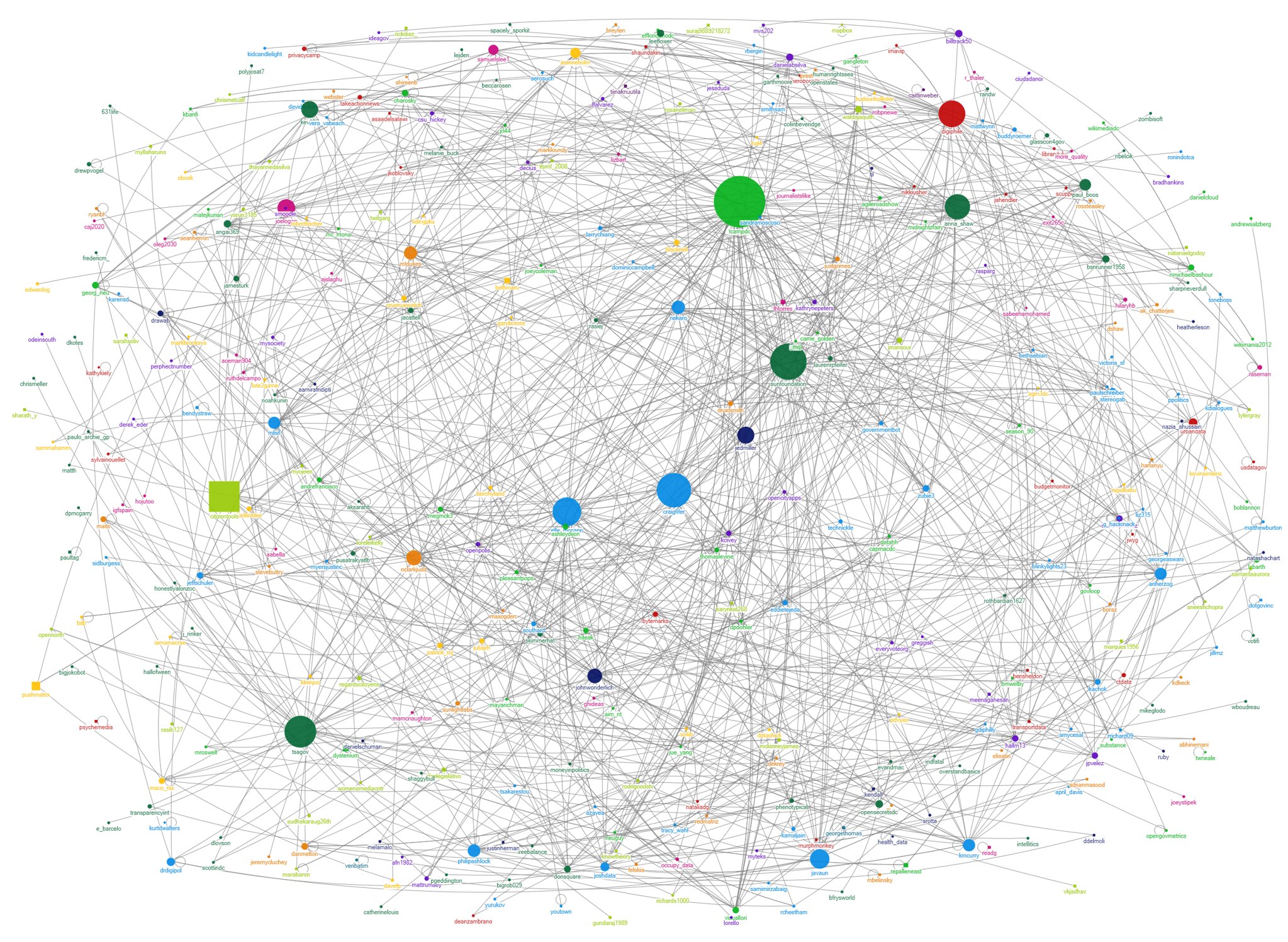Discovering Truth: A Conceptual Picture
Why do people disagree about things that seem to obviously have a single answer? Is one side correct while the other is wrong? Is there a single truth?
I believe that grad school has helped me understand the meaning of truth. By trying to understand one thing, the general process of understanding something has become clear.
Many years of sitting and thinking and reflecting; reading countless articles, papers, and textbooks; attending years of university courses taught by brilliant professors—finally, an image of truth has emerged.
What Is Truth
Truth can be described as an ever-growing partially-connected graph of ideas in n-dimensional space. The vastness of truth cannot be truly understood. Instead, projections onto lower order spaces are the only way we conceptualize truth.

Simply verbalizing a concept of truth is a projection of the higher order idea. No language can truly express the full truth.
There is only one truth. However, there are infinite possible projections of truth onto human-understandable spaces. Fundamentally, this is what causes disagreements.
Creating Knowledge
Perhaps the greatest noble quest of humanity is the creation of knowledge, or equivalently, the discovery of truth. Each person is unique and distinct, and they view truth from their own perspective. As long as one’s best effort is used, all viewpoints are valid.
Consider this example to highlight the knowledge creation journey: you enter a room which is totally void of light. The only tool would you possess is a narrow beam flashlight. As you look up and your flashlight feebly tries to illuminate the vast darkness, you notice a web above you. After more peering, you find that the entire space is filled with an extravagant collection of spiderwebs. They are everywhere! In some spots, they are so thick that your light does not reach the other side. In other spots, seemingly large voids exist. This vast network of webs above your head is truth.

As you walk around the ground level and shine your flashlight into the abyss, you discover a slice of truth. The same slice, when viewed from just a few steps apart, appears drastically different. This is your perspective marring the reality of the network. The three dimensional network is projected into a two dimensional plane for your visual consumption.
This example illustrates the concept of truth, but in reality, the dimensional reduction is overwhelmingly large. Instead of 3 to 2 dimensions, we try to understand an n-dimensional truth in our limited brains and language.
So next time you disagree with someone about a seemingly obvious truth, consider their beam of light and the shadows it casts upon the truth. Indeed, you may each have a valid understanding. Perhaps the disagreement is in the perspective.

